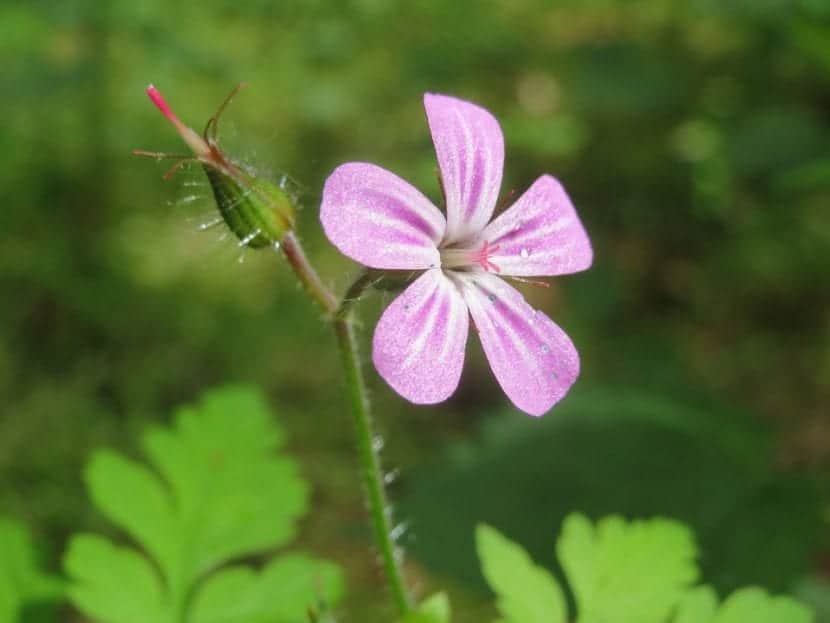
Flowers can be classified in many ways: according to color, size, the botanical genus to which the plant that produced them belongs,… and also on how their petals are distributed. In this way, they can be zygomorphic or actinomorphic.
If you want to know what the characteristics of each type are and some examples of plants that produce them, then you will be able to find out 🙂.
What are the characteristics of actinomorphic and zygomorphic flowers?
Actinomorphic
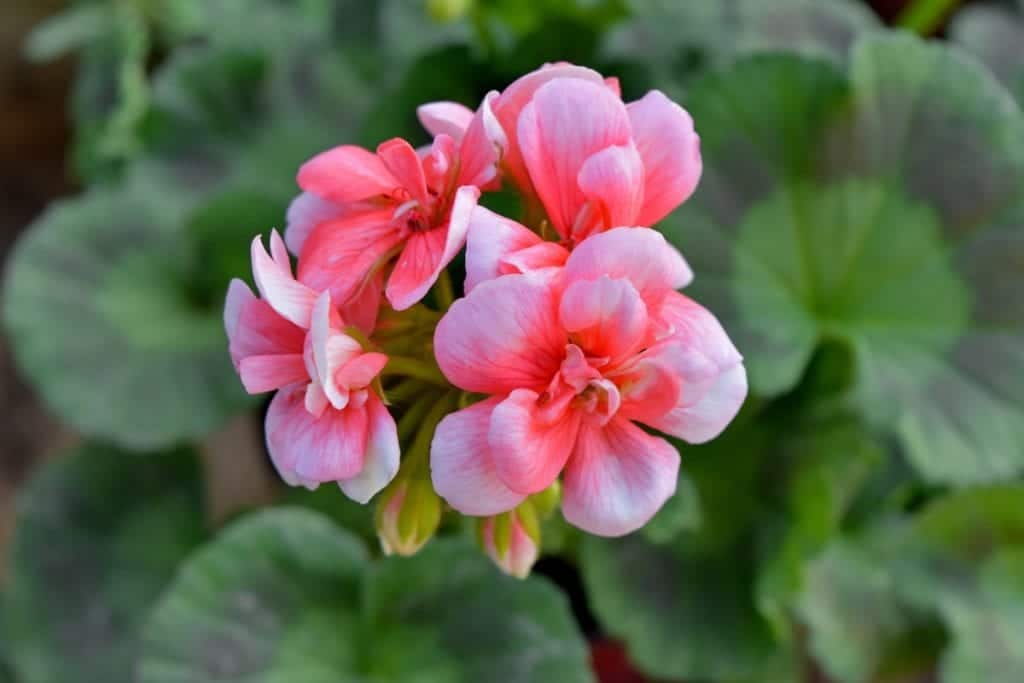
The actinomorphic flower is one that has radial symmetry; that is, they can be divided into 3 or more identical sections related to each other. Also, it may or may not be divided into two symmetrical halves.
To make it easier to understand, you will know if it is actinomorphic if, when you cut it in half, you have two exactly the same halves. This will not be the case if it is zygomorphic, as one of those parts will always be larger than the other.
Examples
As we mentioned, the vast majority of plants have this type of flowers, but there are exceptions: a large part of the subfamilies of the Fabaceae family, except Mimosoideae and Caesalpinioideae, some scrofulariaceae and orchids have zygomorphs. Here are some of the actinomorphic flowering plants:
BougainvilleaBougainvillea spectabilis)

Image - Wikimedia / Lalithamba from India
It is an evergreen or deciduous shrub depending on the original climate of Brazil. It is a very beautiful and easy-to-care plant, which has become popular in the hot climate regions of the planet.
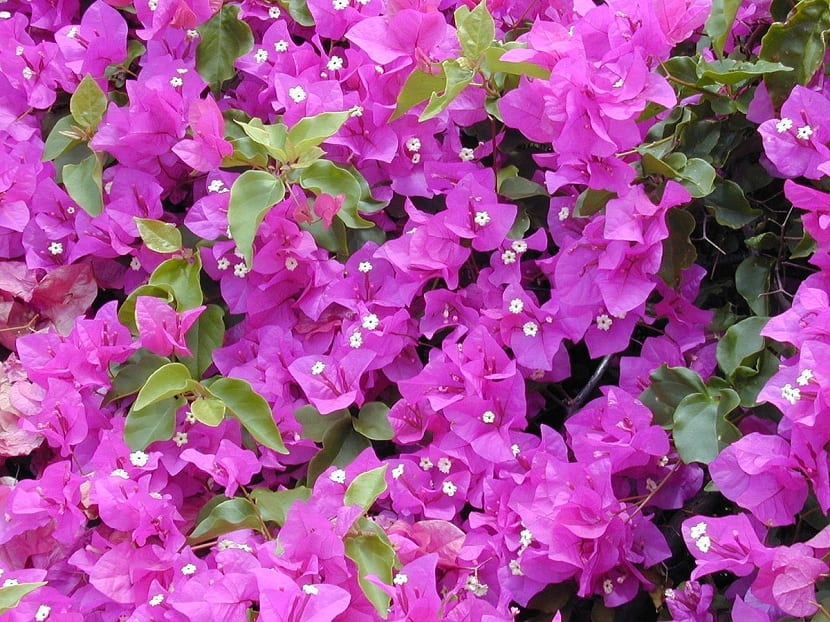
Geranium of the roads (geranium molle)

Image - Wikimedia / Aiwok
It is an annual plant with pubescent stems and leaves, native to Europe except Iceland. It can be found relatively easily in wastelands, dunes, and in mowing meadows.
Flamboyan (Delonix direction)
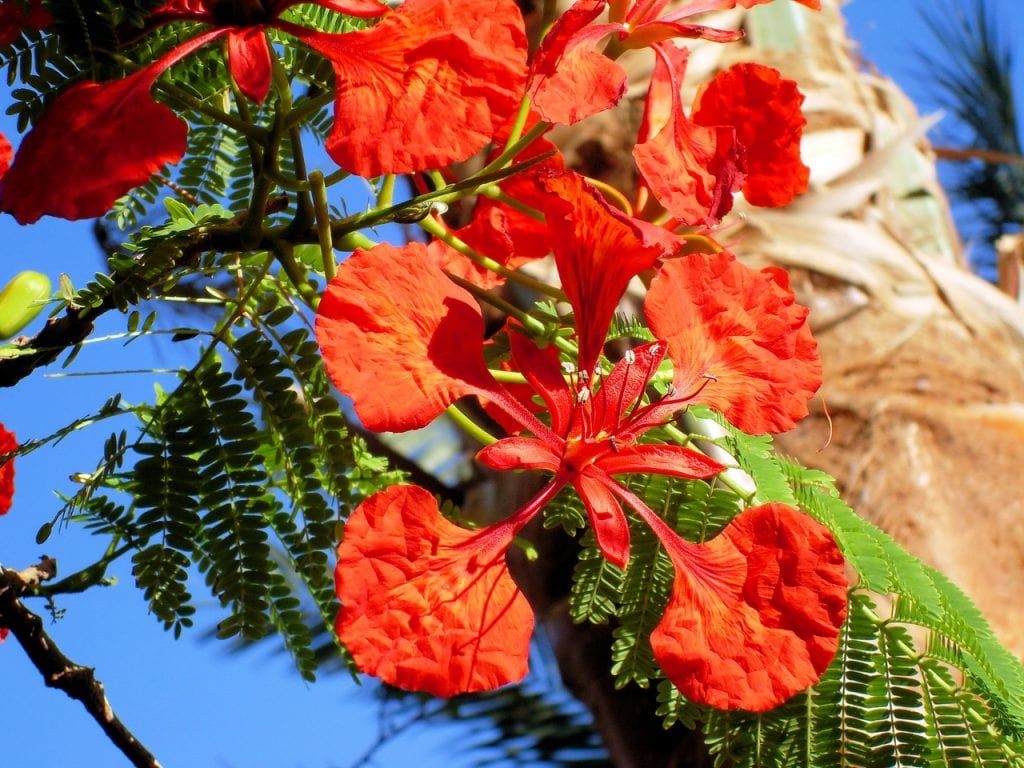
It is a deciduous, semi-evergreen or evergreen tree depending on the climate native to Madagascar. It has a very high ornamental value, which is why it is grown in tropical and subtropical gardens around the world.
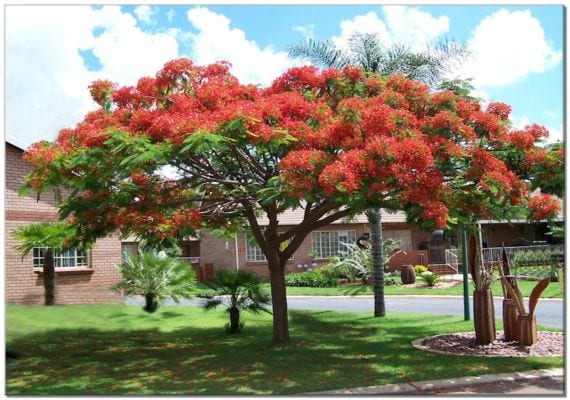
Tea plant (Camellia sinensis)
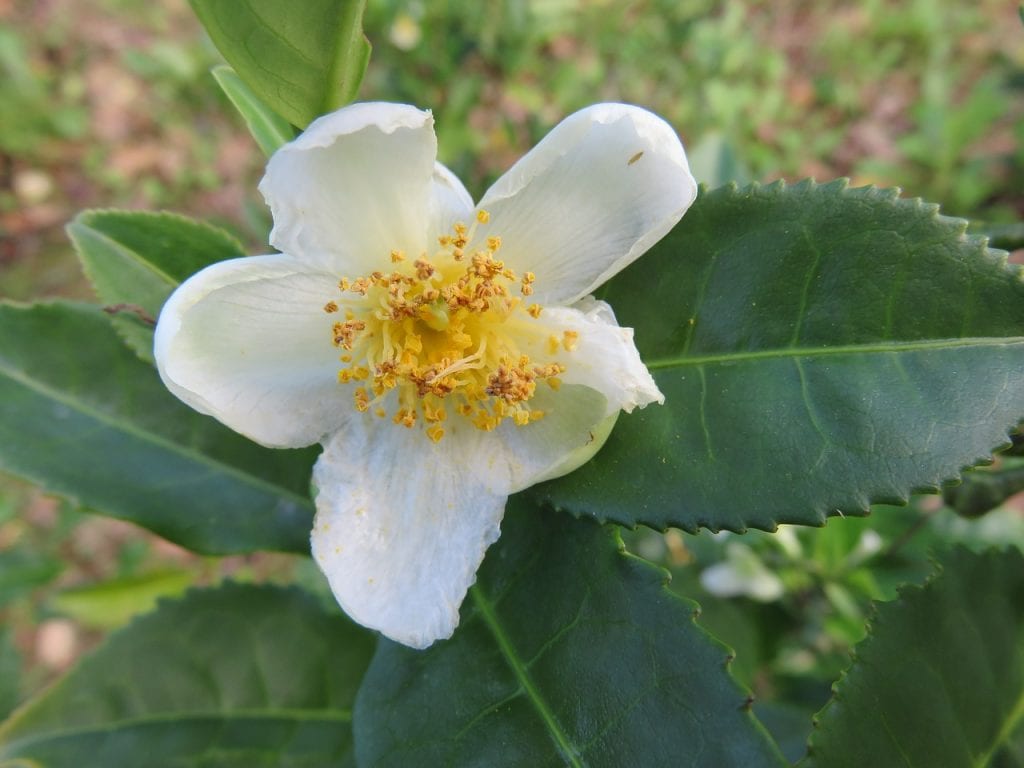
It is an evergreen shrub or tree Originally from southern China, very popular for its leaves, since tea is made with them. However, its flowers are also worth mentioning: they measure about 4 centimeters, and are very beautiful yellowish-white.
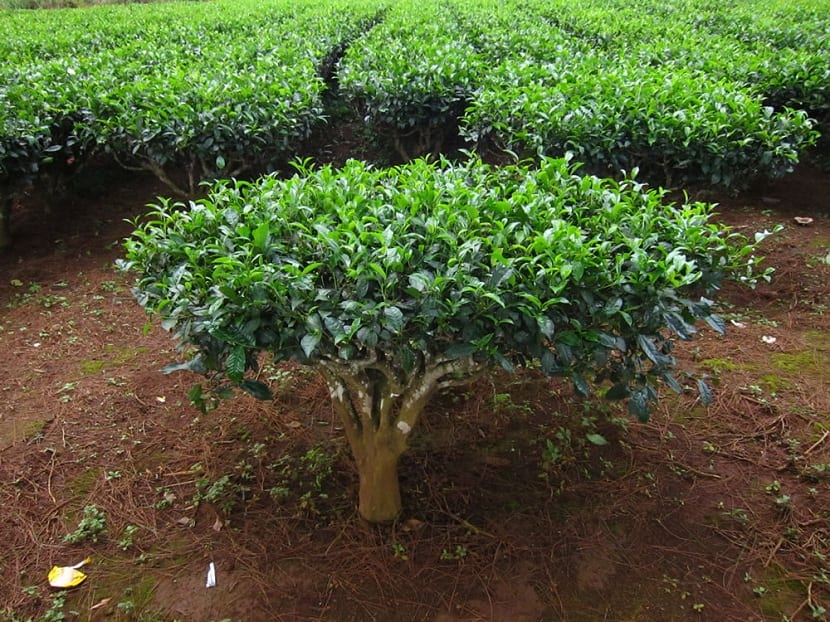
Zygomorphic
A zygomorphic flower is one that has a plane of bilateral symmetry, or what is the same: when dividing it in half, there will always be two different halves, either in size, in number of petals and / or sepals or bracts, ... or in all at once.
Examples
Some examples are plants in the Faboideae subfamily, such as the following:
Vetch (Pisum sativum)
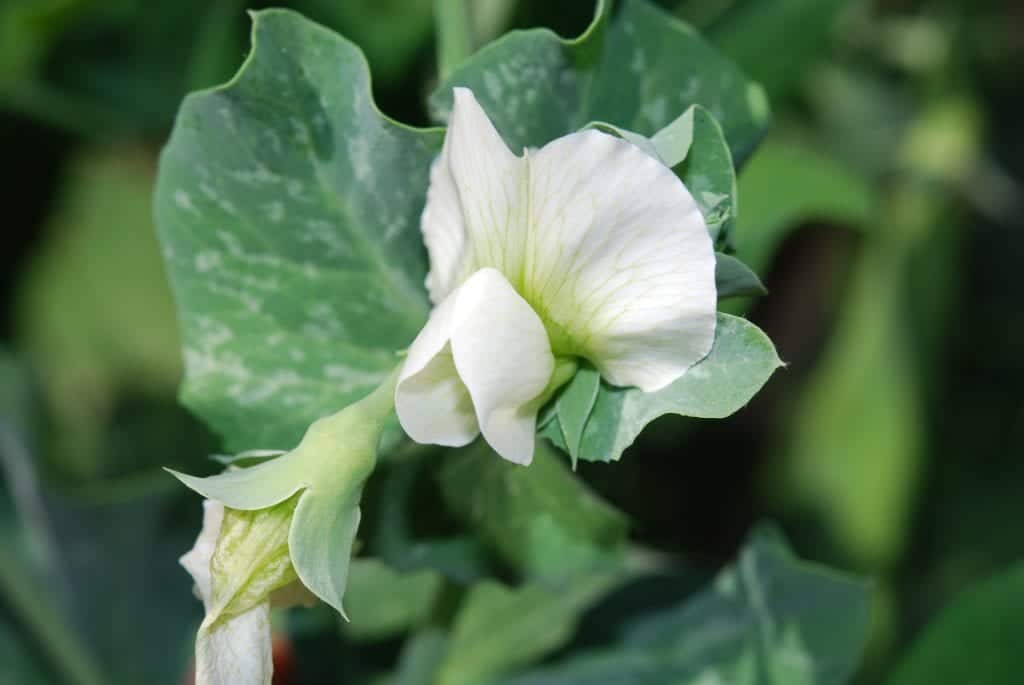
Image - Wikimedia / Dyorkey
It is an annual cycle herb with a more or less climbing habit. native to the Mediterranean basin. It is widely cultivated for its seeds, also called peas or peas, with which various dishes are prepared.
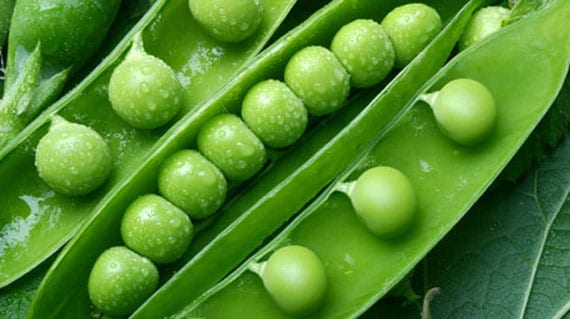
Alfalfa (medicago sativa)

Image - Flickr / Peter O'Connor
It is a perennial herb with erect and pubescent stems native to Persia widely cultivated and used throughout the world as grass.
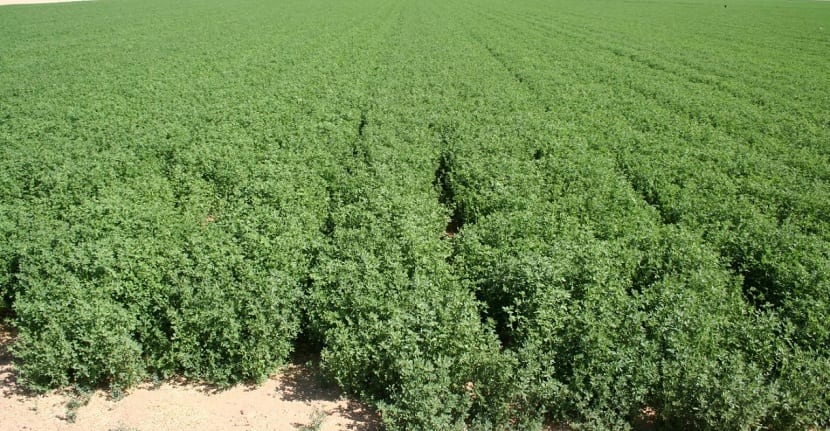
Beans (Phaseolus)

Image - Flickr / Thomas Bresson
It is an annual herb that grows erect or as a climber native to Mesoamerica. It produces fruits with about ten seeds each, which are called beans, kidney beans or beans. These are edible.
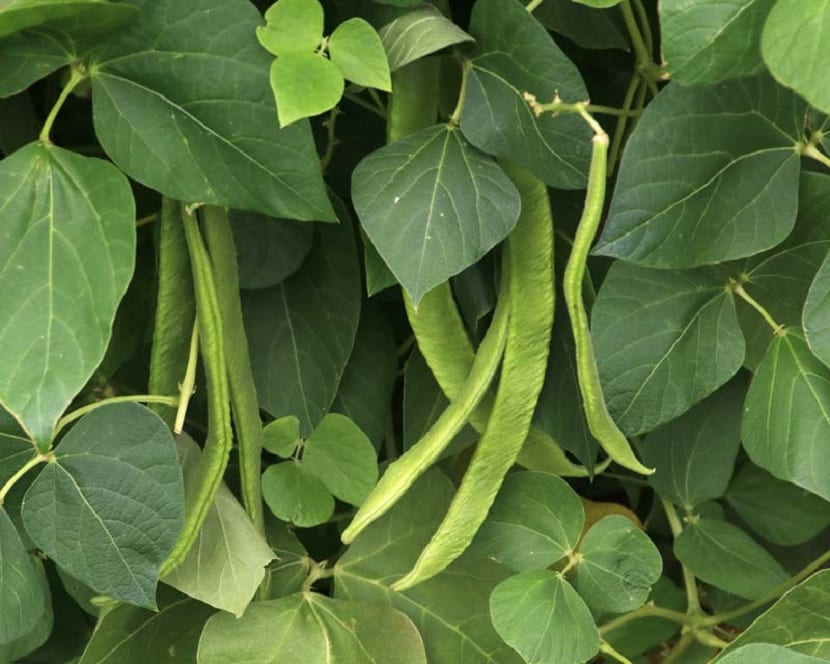
Broad beans (addictive faba)
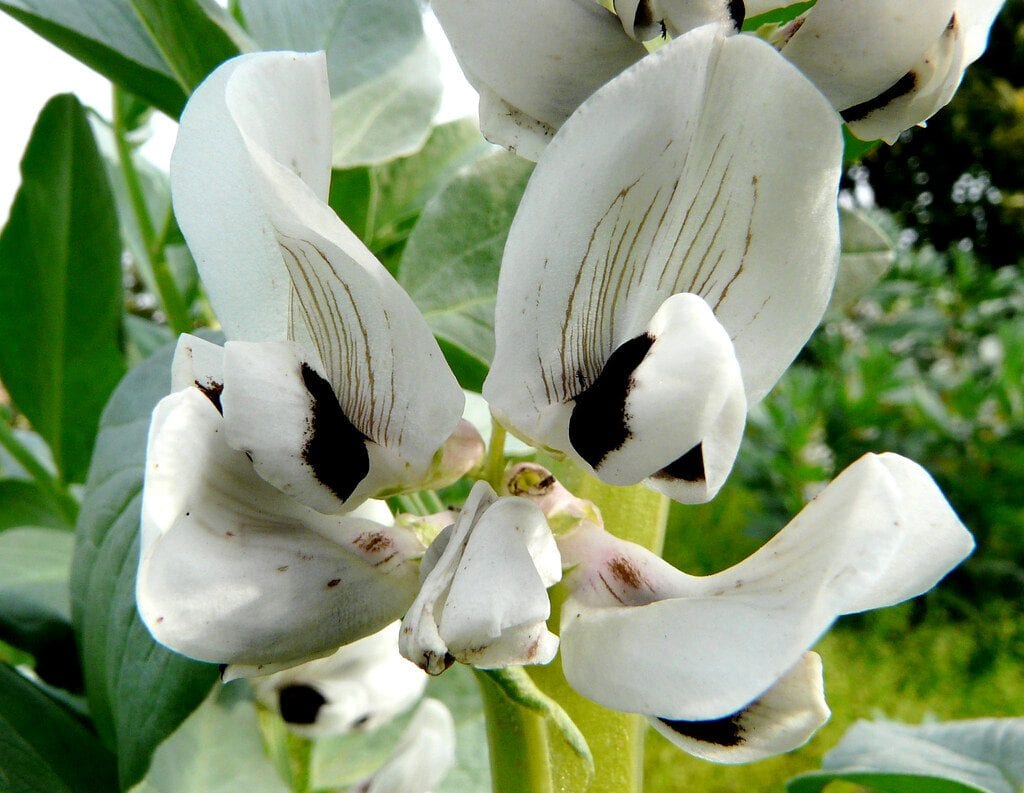
Image - Flickr / Salomé Bielsa
It is a annual cycle grass native to the Mediterranean region or Central Asia (not yet clear), with an upright habit. It is grown for its seeds, which are suitable for human consumption.
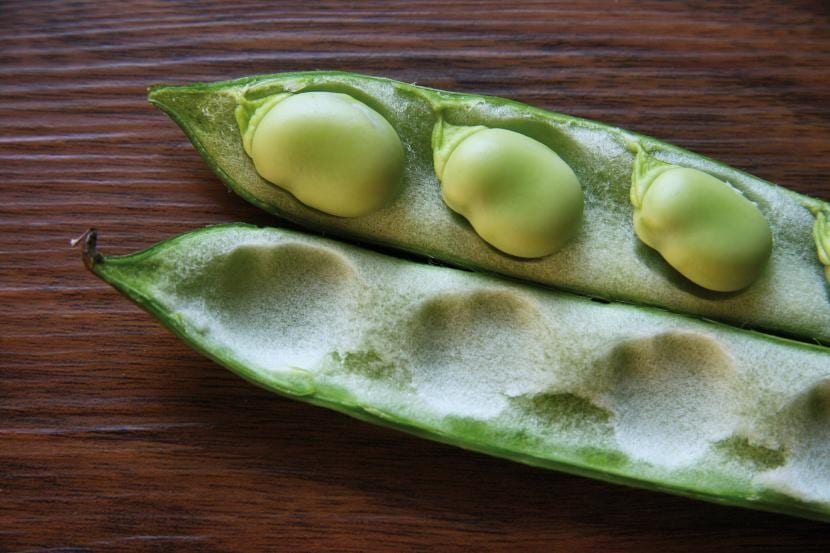
What are flowers and what are they for?
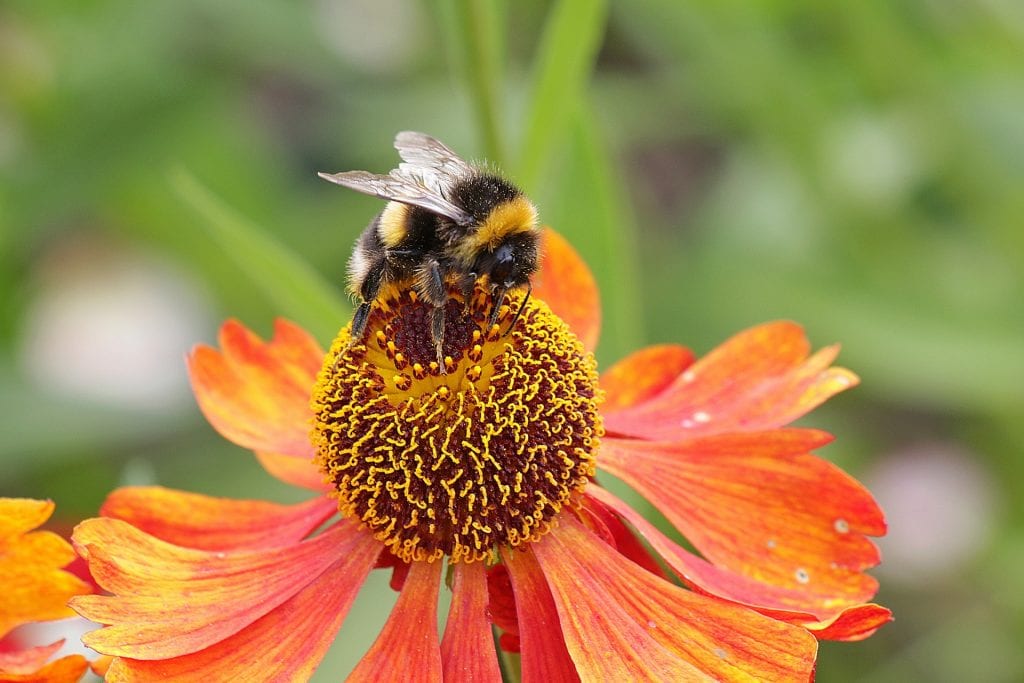
Flowers are very important parts for angiosperms. Thanks to them, can create new generations, and therefore, keep a species alive for a very long time (thousands, maybe millions of years).
So, despite the fact that today they can cause allergies in some people (including myself) the nostrils are not their target: but the stigmata of other flowers.
It is believed that they appeared about 140 million years ago, at the beginning of the Cretaceous period, at low latitudes. However, it wasn't until about 65-75 million years ago that they actually managed to conquer all the biomes on planet Earth except the polar regions.
Most of them are very brightly coloredAnd this is so for a reason: in nature there are several candidate animals for pollinators and many, many plants. For this reason, flowers must do everything possible to attract at least some of them, since the competition at some points can be very high.
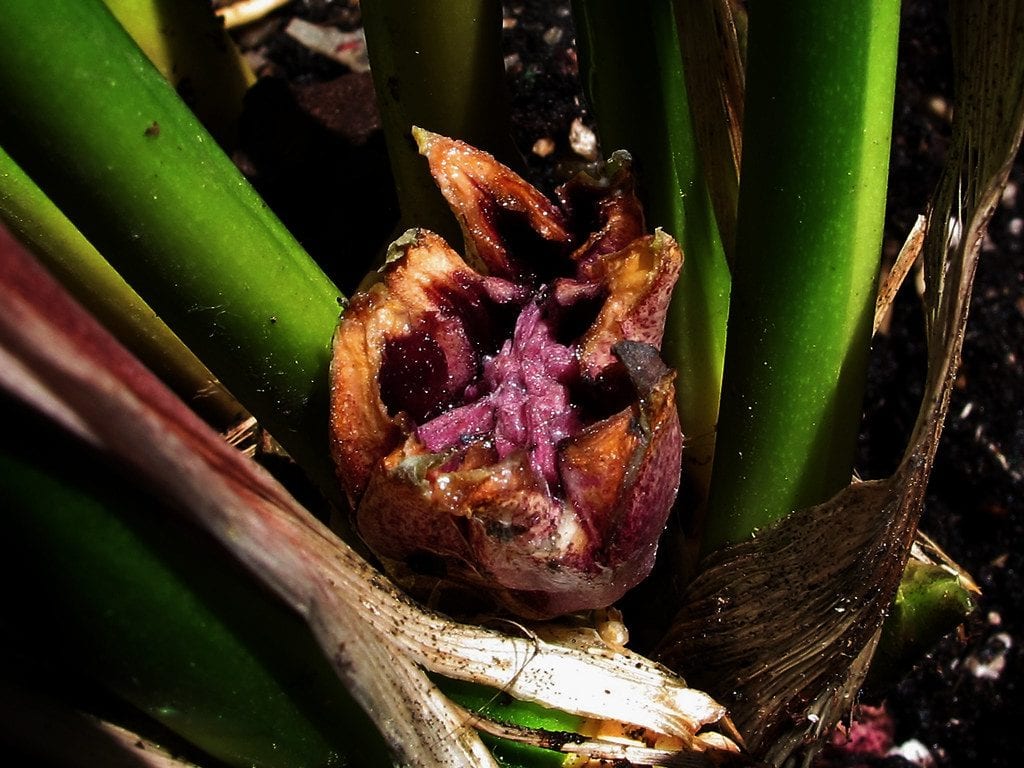
Image - Flickr / jacinta lluch valero
However there are also others that go unnoticed, like those of Aspidistra for instance. His are so small that, when they sprout between the stems, they are barely visible. Why is this happening?
Well, if you ever see or acquire a plant that apparently never blooms, you should first ask yourself if it is a angiosperm or if on the contrary it is gymnosperm: if it is one of the first, then you can be sure that at some point in its evolution it 'hired' the services of an insect or animal that either is not able to distinguish colors, has no smell, and / or is nocturnal . Then you can look for flowers -or remains of flower buds- small, colors that go unnoticed -such as green- and / or without aroma.
What did you think of this topic?
The information is very clear and concise, however, images are needed that complement the reader's imagination. the flower cut in half making the comparison of its equal parts and the difference of the zygomorphs